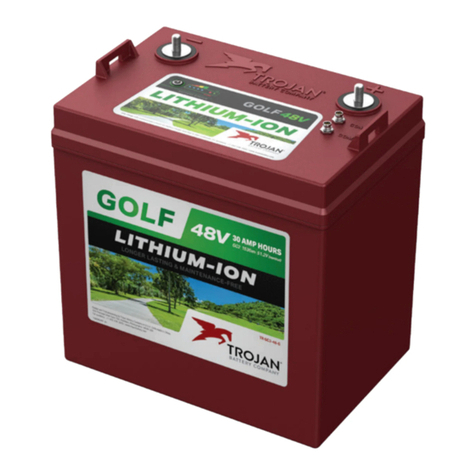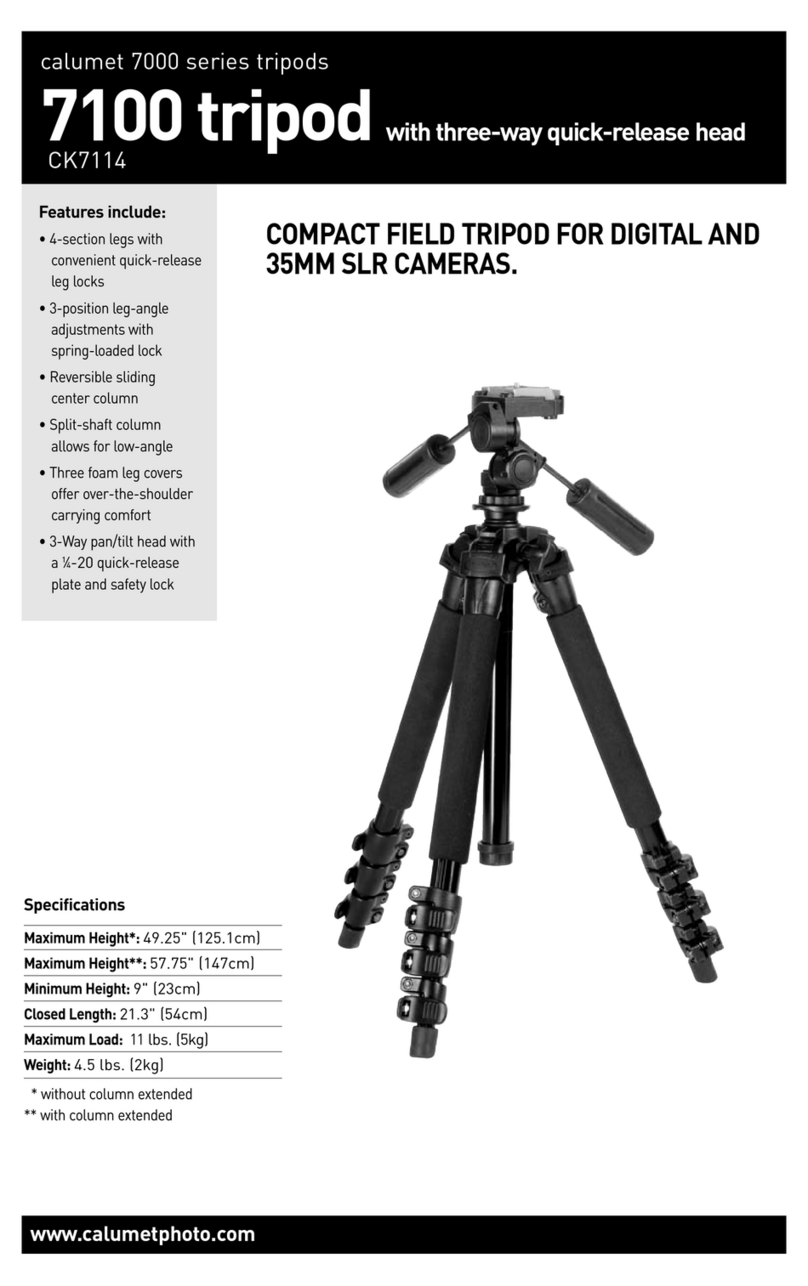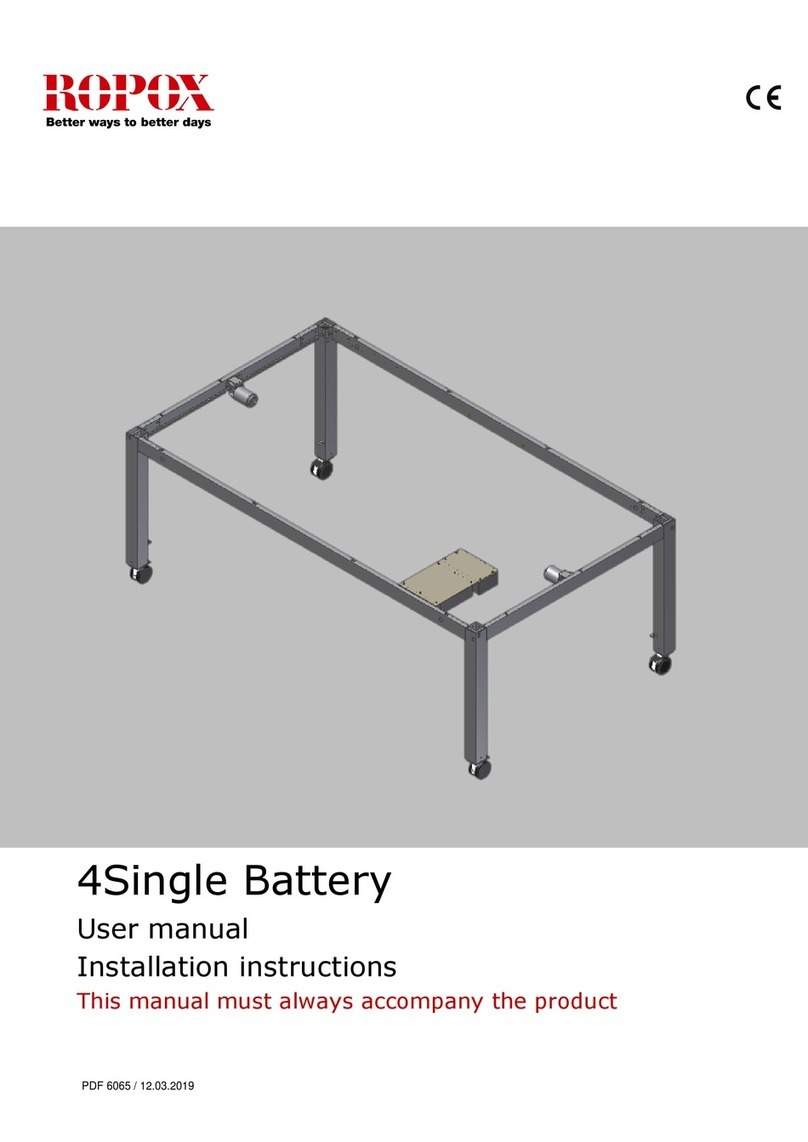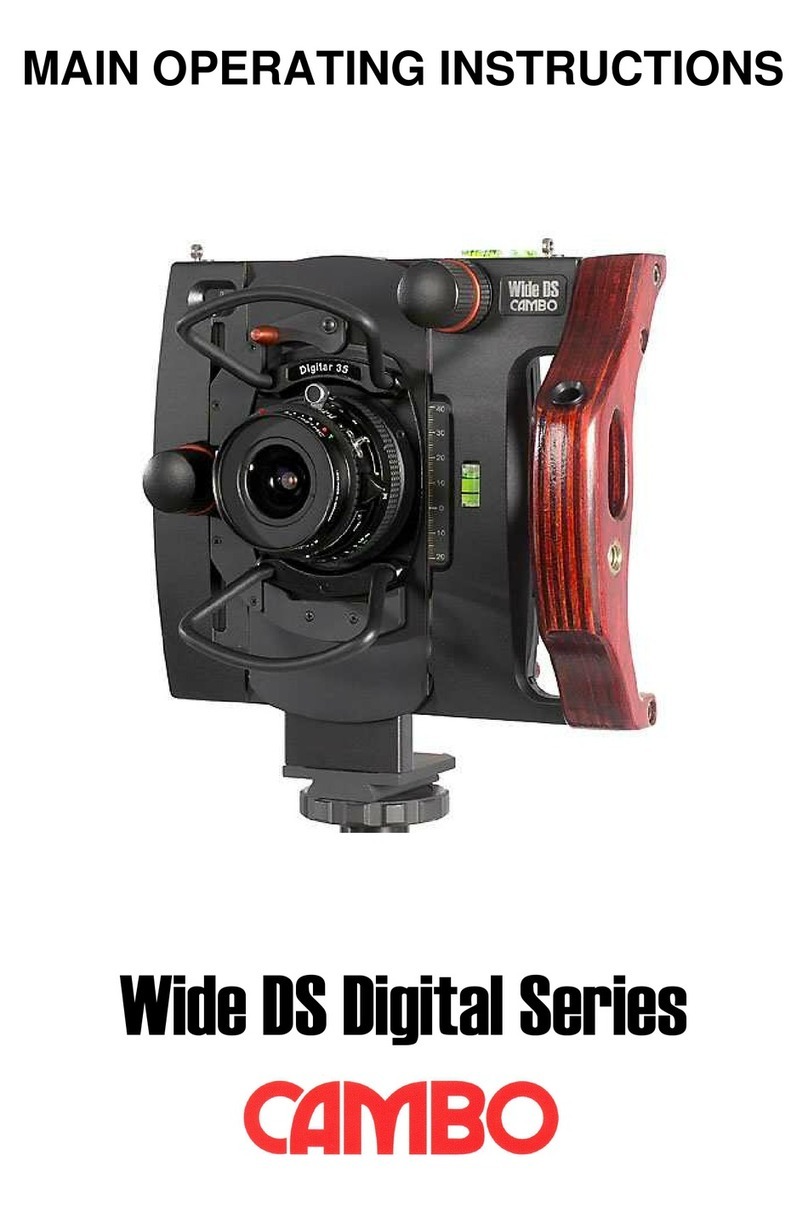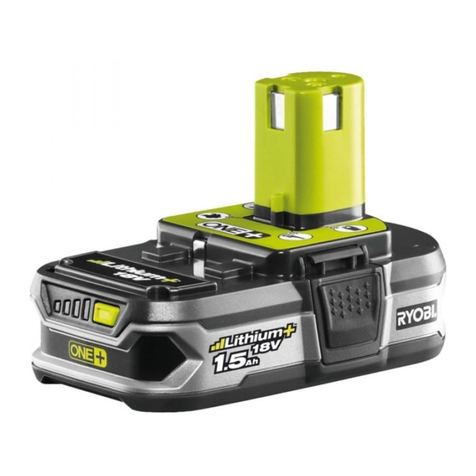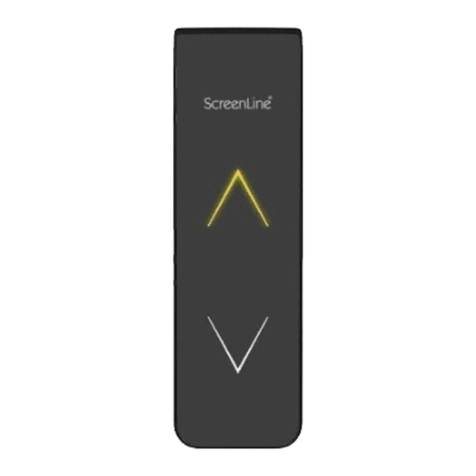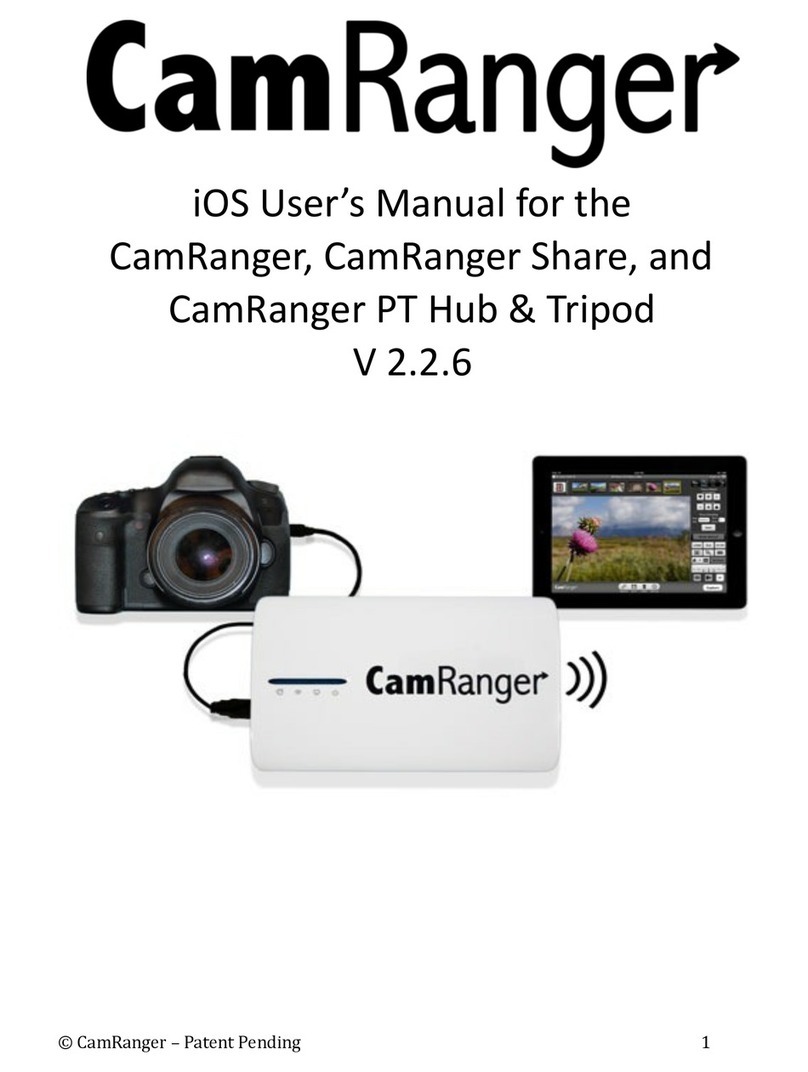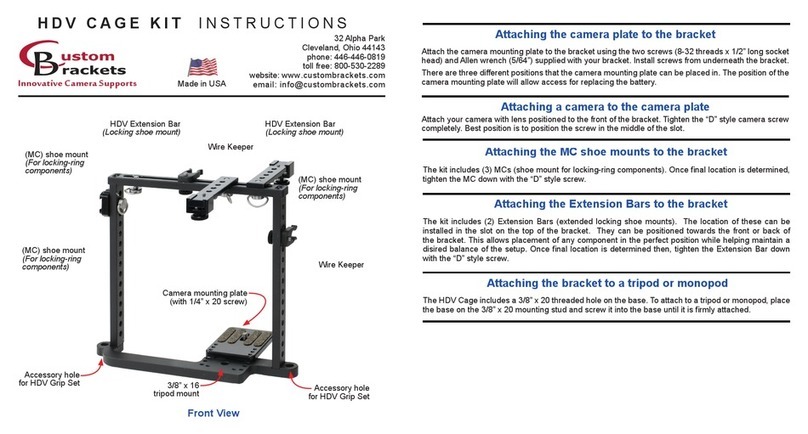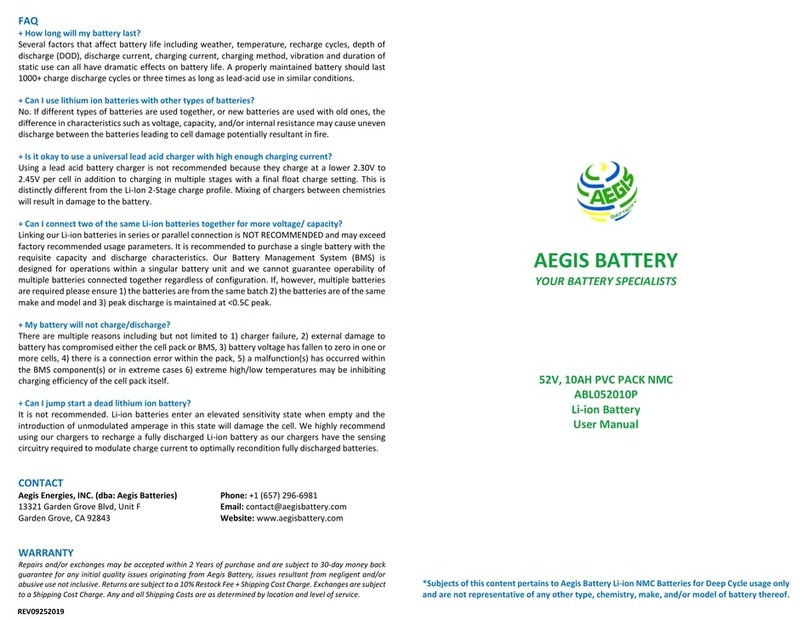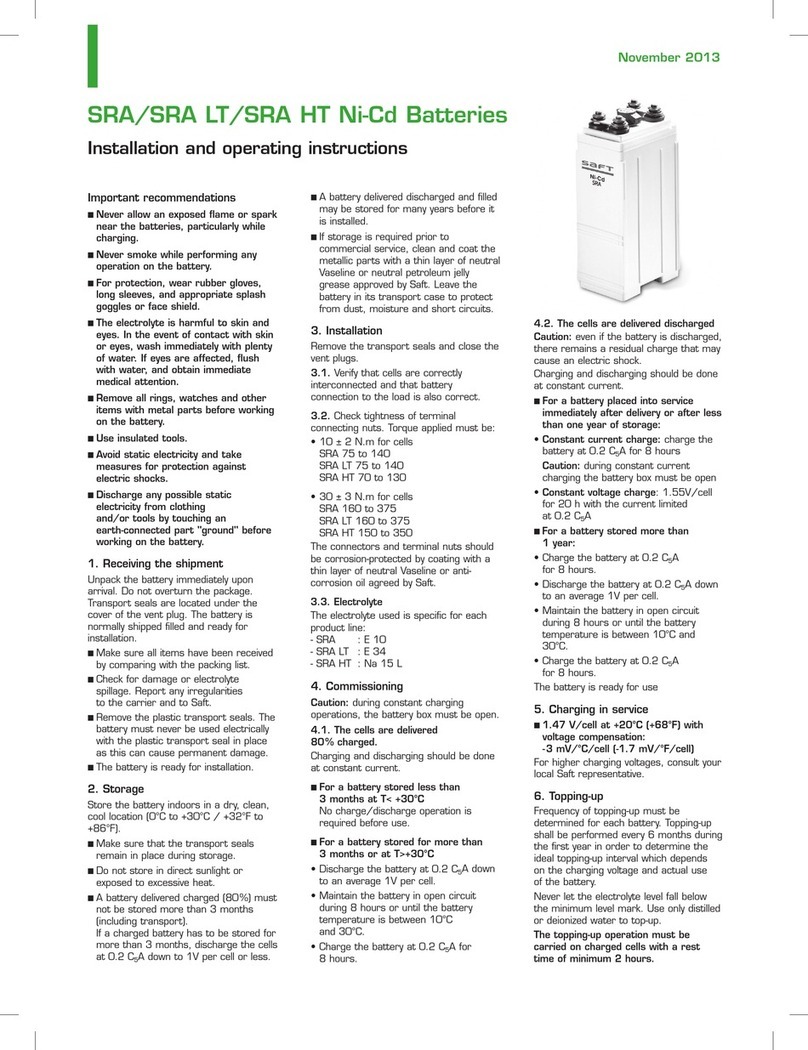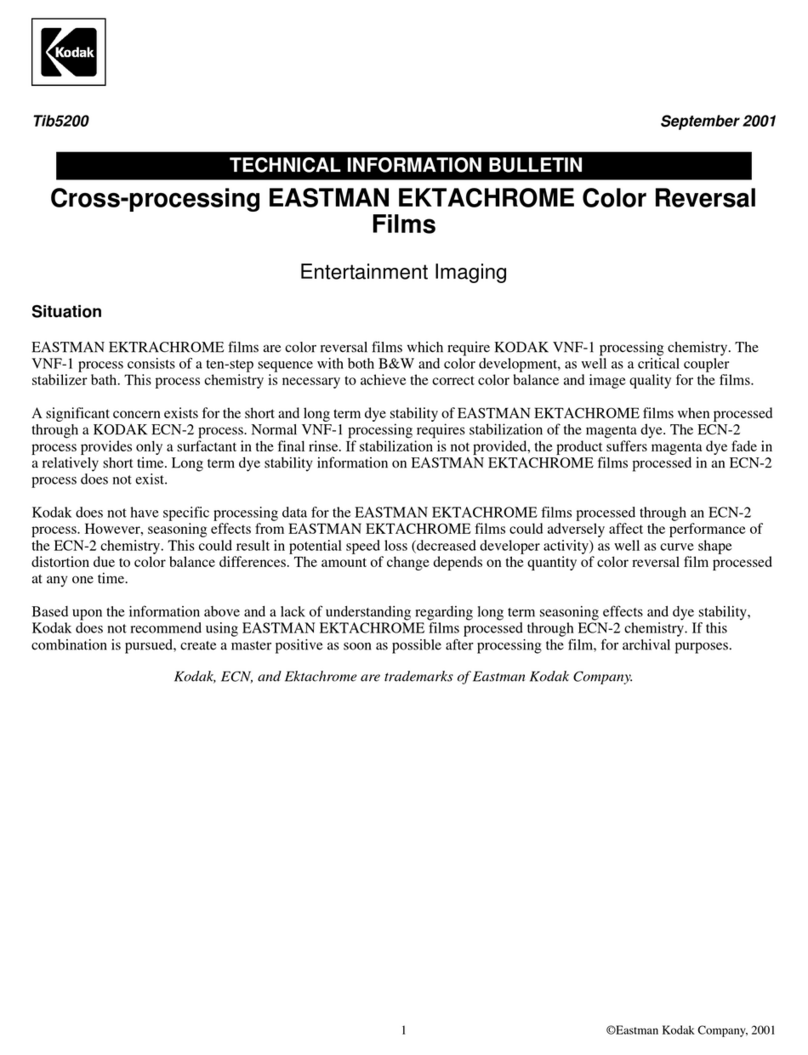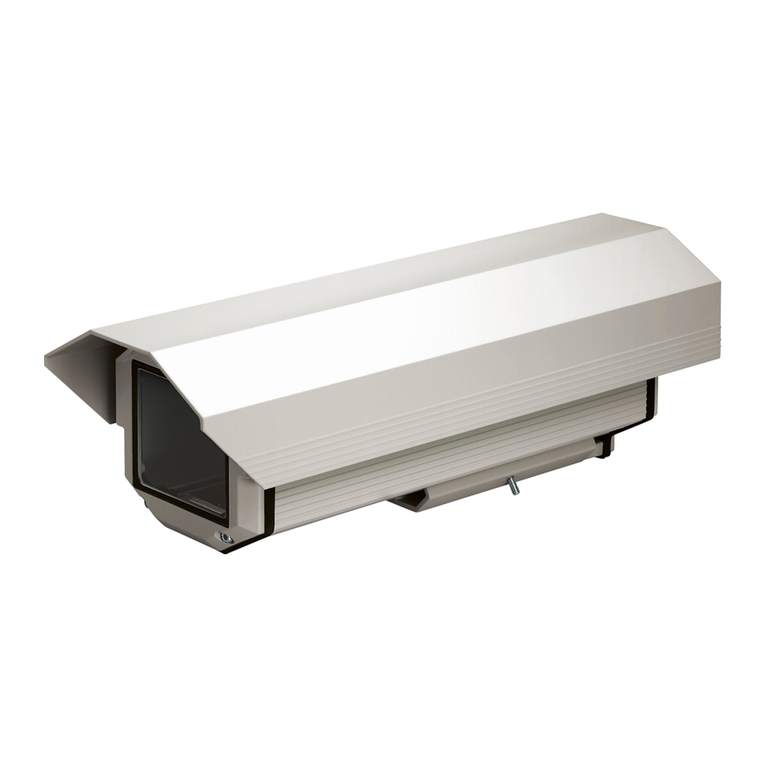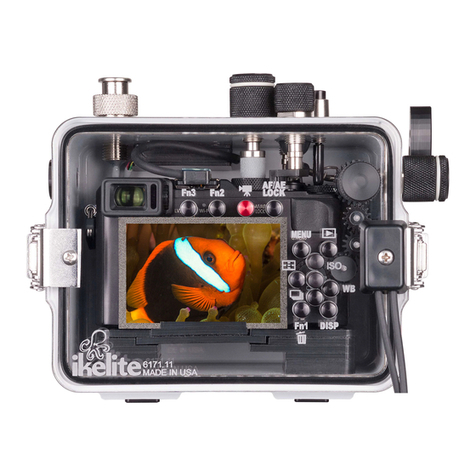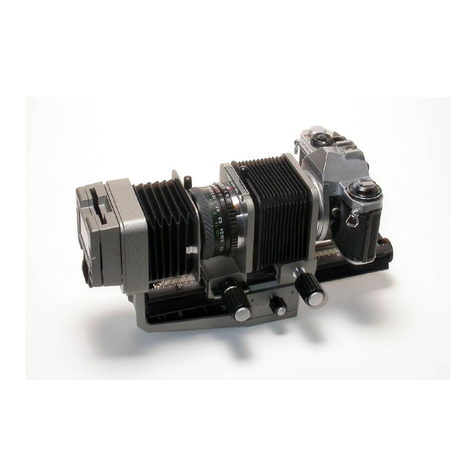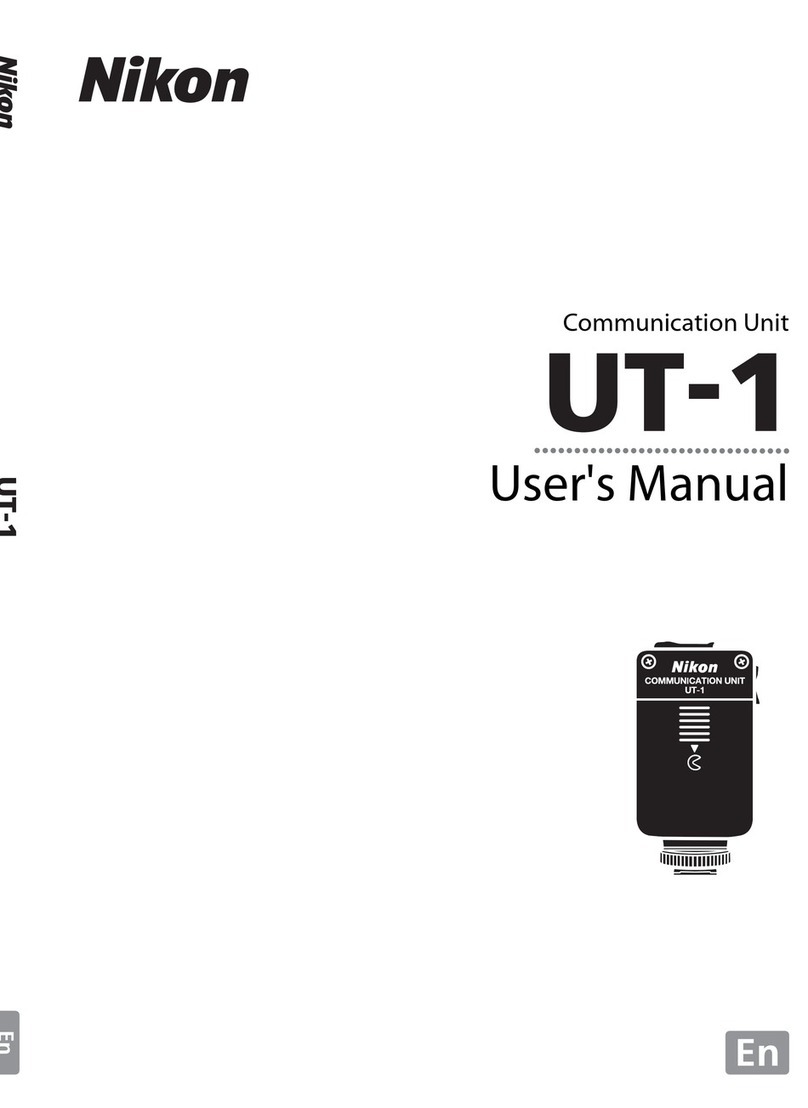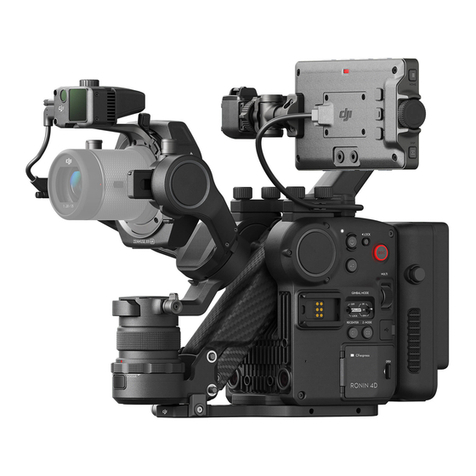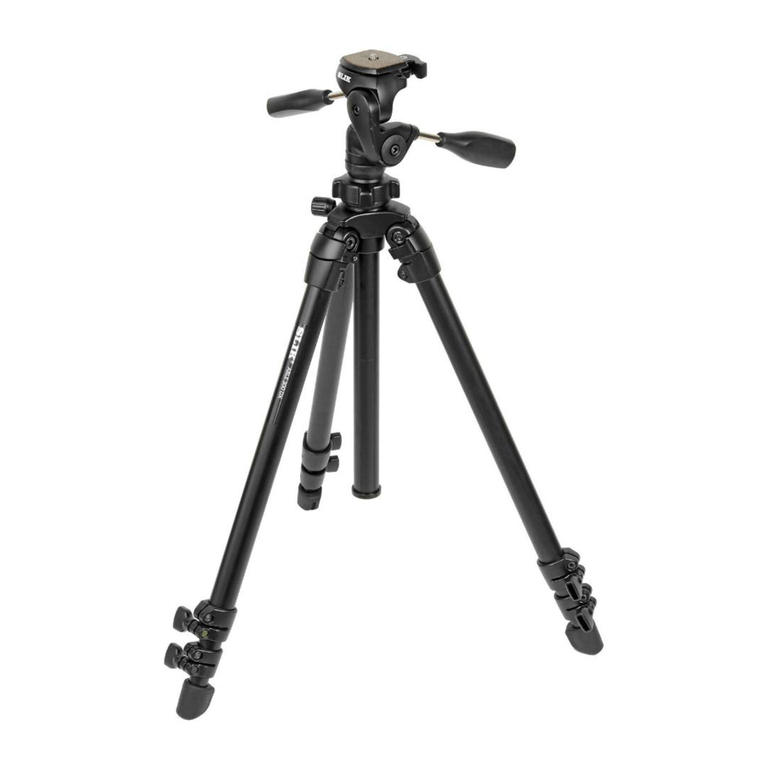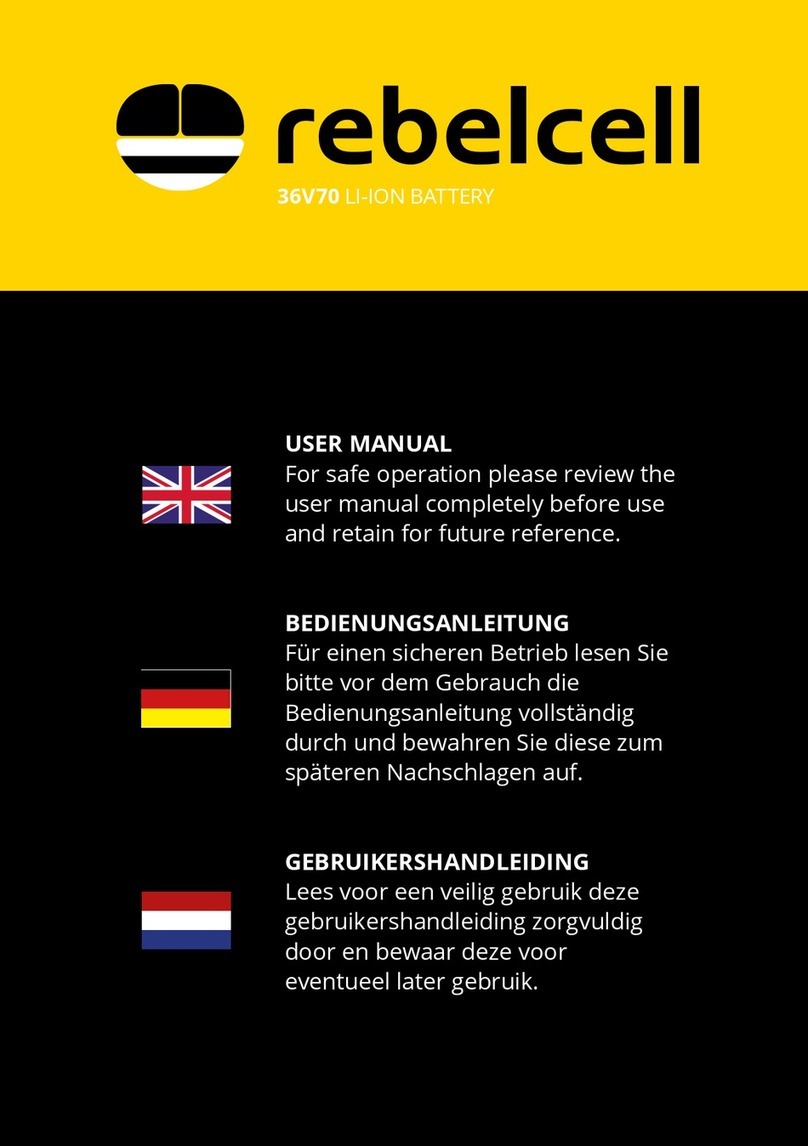
SMALTIMENTO DEL DISPOSITIVO
Secondo le prescrizioni della direttiva 2002/96/CE il modulo
batteria è considerato appartenente alla categoria dei RAEE
(Riuti di apparecchiature elettriche ed elettroniche): non
può quindi essere smaltito come riuto urbano. Alla ne
del suo ciclo di vita l’apparecchio deve essere depositato
presso uno dei centri di raccolta differenziata per i riuti di
apparecchiature elettriche ed elettroniche provenienti dai
nuclei domestici. Fare riferimento ai centri di raccolta del
comune di appartenenza, il quale assicura la funzionalità,
l’accessibilità e l’adeguatezza dei sistemi di raccolta
differenziata, in modo da permettere ai detentori nali ed ai
distributori di conferire gratuitamente al centro di raccolta i
riuti prodotti nel loro territorio.
INFORMAZIONI SULL’USO CONFORME
Il modulo è fornito per l’azionamento di tende ScreenLine
serie “W Swipe”. SOLO PER USO INTERNO. Ogni altro tipo
di impiego non è conforme alla destinazione. Il produttore
non si assume alcuna responsabilità per i danni derivanti da
uso non conforme.
INFORMAZIONI SULLA SICUREZZA
ATTENZIONE! È fondamentale seguire e conservare le se-
guenti istruzioni, per la sicurezza delle persone!
L’apparecchio non deve essere utilizzato da bambini o da
persone le cui capacità siche, sensoriali o mentali siano ri-
dotte.
L’apparecchio non deve altresì essere utilizzato da persone
prive di esperienza o conoscenza delle modalità d’uso dello
stesso, senza la sorveglianza o l’intermediazione di una per-
sona responsabile della loro sicurezza.
L’apparecchio non è un giocattolo: tenerlo fuori dalla portata
dei bambini!
NON forzare l’uso dell’apparecchio nel caso in cui siano ne-
cessarie riparazioni o regolazioni.
NON tentare riparazioni fai-da-te: esse devono essere effet-
tuate solo da personale autorizzato.
NON lasciare incustodito il modulo durante la carica delle
batterie. 9
